Editors’ Picks




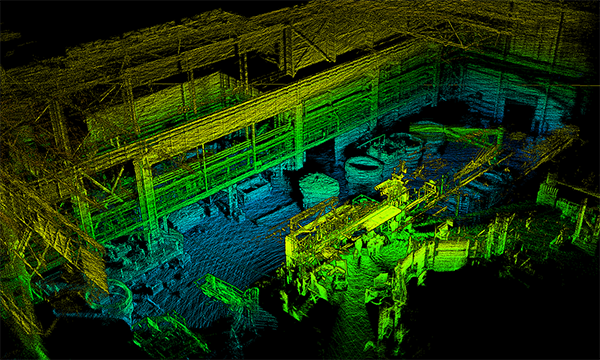
Found in Robotics News & Content, with a score of 7.27
…and civilian customers. Last year, Near Earth won a NASA contract to develop technology for industrial infrastructure inspection. The company provided its systems to the K-MAX TITAN, which Kaman Air Vehicles described as “the world's first heavy-lift, unmanned helicopter for the commercial market.” The U.S. Marine Corps planned to test the K-MAX TITAN this month. Understand the applications “Users don't care how you got the data. Nobody wants a point cloud for its own sake,” said Barry Rabkin, director of marketing at Near Earth Autonomy. “We realized that it's not about the drones or the autonomy but the customer value…

Found in Robotics News & Content, with a score of 6.89
…American Eagle Outfitters, and Parimal Kopardekar, director of the NASA Aeronautics Research Institute (NARI). They made a distinction between what it takes to introduce new technologies into homogenous and heterogenous systems. They cited the example of adding a new type of aircraft to the national airspace. That’s not a big deal if the new aircraft is a jet, because it will fly at the same speed as the other jets. But, what happens if you try to introduce slow-moving drones or blimps into the same airspace as the jets? Now, everyone has to adjust to whatever is the slowest moving…
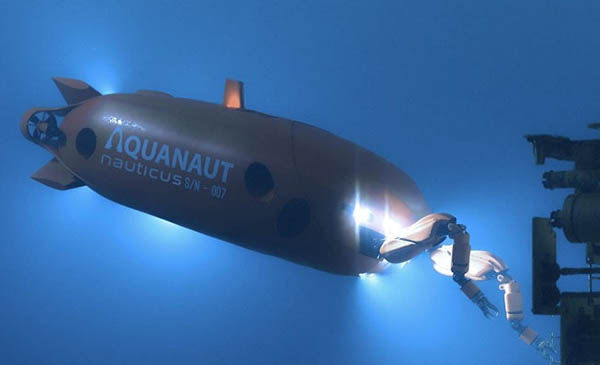
Found in Robotics News & Content, with a score of 6.78
…of our team has been together, first starting at NASA and now at Nauticus for 15 to 20 years, and I am inspired by their relentless pursuit toward this dream. Their talent and efforts are second to none, and I could not be prouder of what we have and will accomplish.” Robots address ocean ecosystem and expenses Nauticus said it operates in the $2.5 trillion ocean economy, where it targets the rapidly expanding multibillion-dollar bluetech robotics, data, and services market. Existing approaches use large vessels that can have severe drawbacks. These include operating costs that can reach as high as…
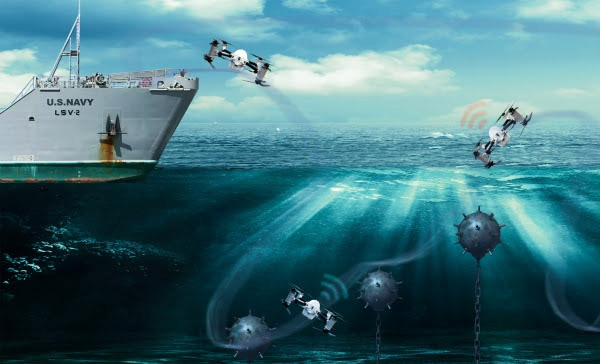
Found in Robotics News & Content, with a score of 6.70
…industry naysayers. “I brought this to some folks at NASA, and everyone was saying, 'It’s not going to work,'” he recalled. “And then when you look at what’s behind the propeller design and the motor design, you realize that we cannot be living on an edge. We designed propellers for a very specific condition, which is air.” However, the innovator challenged the status quo of the aerospace community by asking, “'Can you design propellers and motors for water?' And it turns out that you can.” Diez deconstructed his lab’s research: “So if you look at the curve for air, and…
Found in Robotics News & Content, with a score of 6.63
…robot to minimize hospital-related infections,” he said. “We're reaching out to a lot of commercial clients, as well as NASA and the European Space Agency.” “We're also looking at the nuclear decommissioning sector, where we identified some important use cases, such as the sorting and segregation of nuclear materials,” Hussein said. “All nuclear-powered countries have environmental challenges with waste. In the U.K., the Sellafield project, at $100 billion to $120 billion, is the biggest environmental project in Europe.”
Found in Robotics News & Content, with a score of 6.45
…president of production management and a veteran of Boeing, NASA and Apple. “It sorts batches into individual orders and does so at speeds that are faster than human operators.” Why a putwall? Williams says that putwalls are areas that are very manual and labor intensive, and, that the Kindred solution is flexible and scalable. “It’s very easy to remove an existing putwall and drop in one of our cells. You can pilot it quickly to prove the solution and determine if there is an ROI.” Williams says that Kindred uses advanced artificial intelligence to teach the robot how to distinguish…
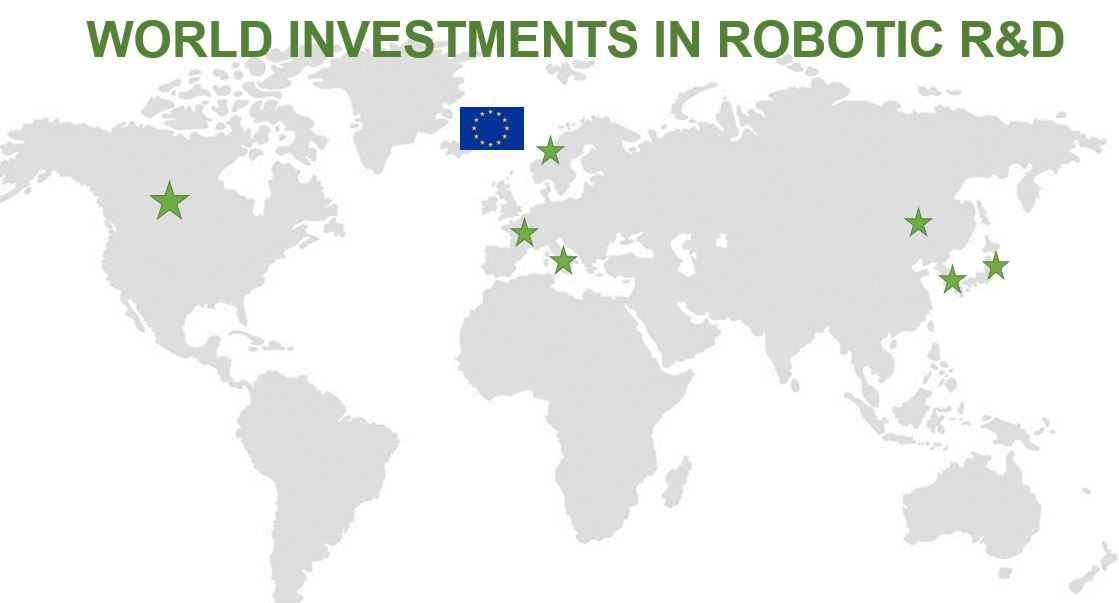
Found in Robotics News & Content, with a score of 6.26
…2020 and 2024. Artemis is a joint effort by NASA, U.S. commercial aerospace providers, and international partners. These include including the European Space Agency (which itself has 22 member countries), Canada, Japan, and Russia, said the IFR. There are plenty of other bright spots in the global robotics constellation, including AI research in France, customer-service robots in Singapore, drones and assistive systems in Israel, marine systems in the Netherlands, and collaborative robot arms and mobile robots from Denmark. And that's not even counting the billions of dollars currently flowing into autonomous vehicle development, with China and the U.S. as early…
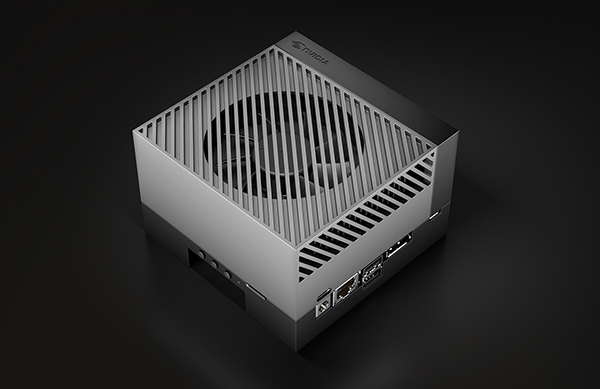
Found in Robotics News & Content, with a score of 5.59
…announced updates and new releases for Omniverse. “And like NASA and Amazon, we and our customers in robotics and industrial automation realize the importance of digital twins and Omniverse.” Nova Orin includes tools for simulating a robot in Isaac Sim on Omniverse. NVIDIA said it plans to offer new hardware-accelerated modules, or Isaac ROS GEMs. They are intended to enable mobile robots to visually navigate, safely avoid obstacles, and efficiently plan paths. “New simulation capabilities, available in the NVIDIA Isaac Sim April release, will help save time when building virtual environments to test and train AMRs,” said Andrews. “Using 3D…

Found in Robotics News & Content, with a score of 4.38
…launched in 2013, Xometry now counts carmaker BMW and NASA among its customers. According to the company, it now serves nine out of the top 10 Fortune 500 aerospace companies, and 44% of the Fortune 500 automotive and auto part makers. Protolabs started in 1999 as an injection molding company and a few short years later added CNC machining to its line of service. In 2014, Protolabs began offering industrial-grade 3D printing services and added sheet metal fabrication in 2017 through the acquisition of Rapid Manufacturing. Today, the company operates 12 manufacturing facilities (seven in the U.S.) as an on-demand…



